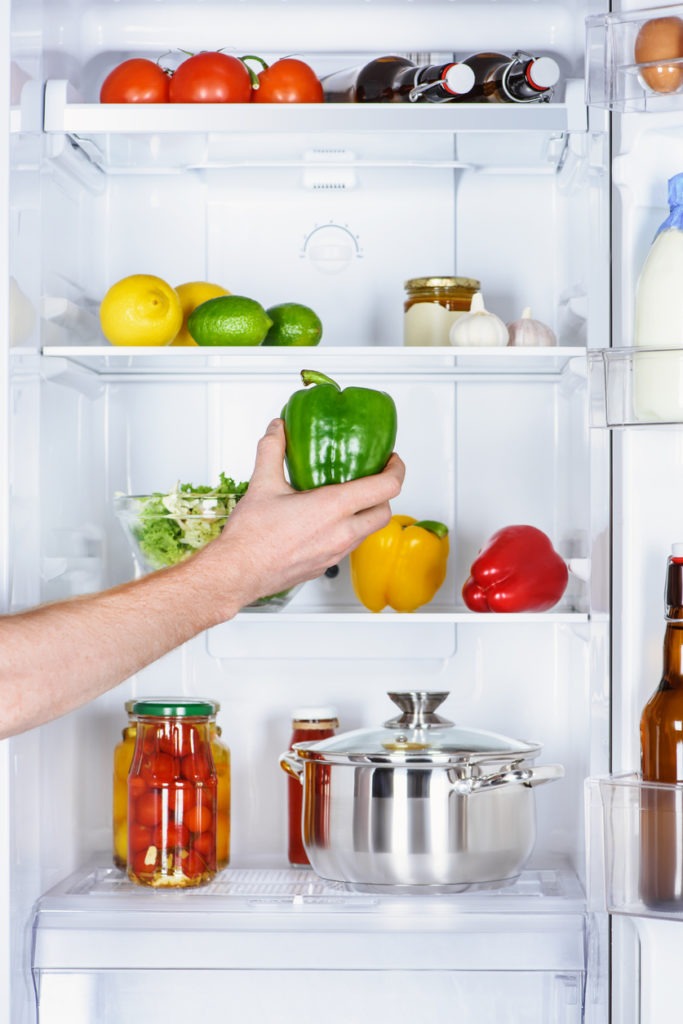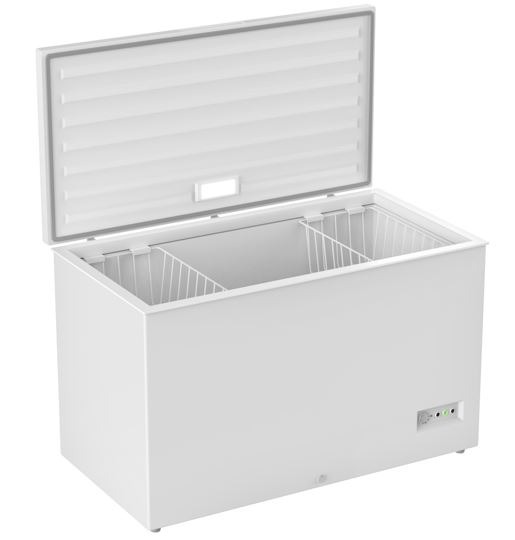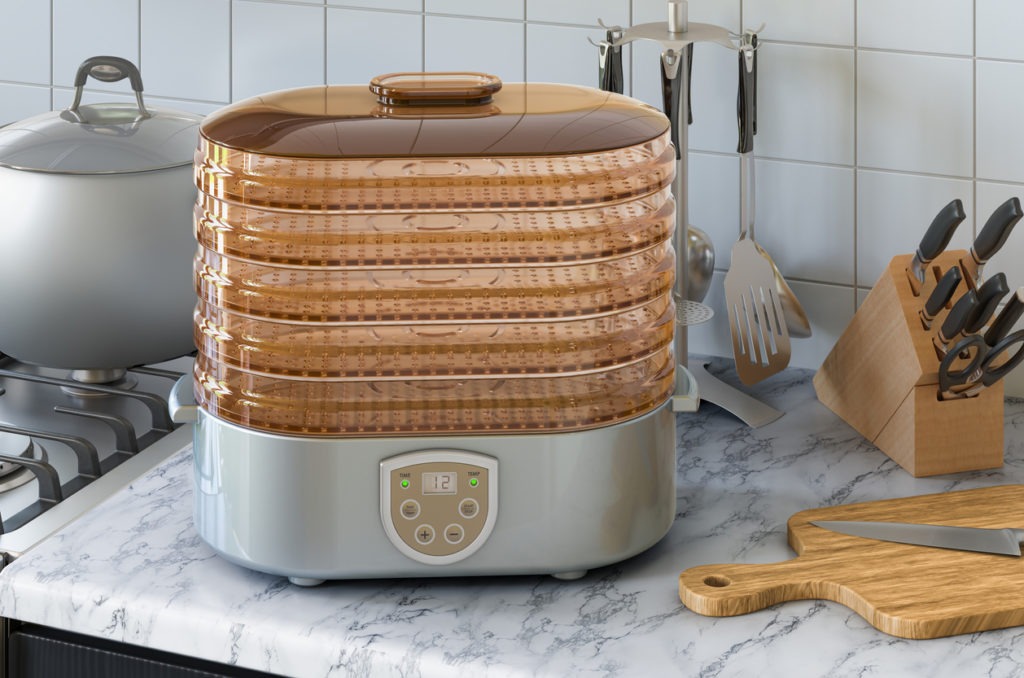Have you noticed how stocks of fruits and vegetables in your local grocery vary from time to time? The prices also either increase or decrease in relation to their availability, right? The reason for this is the changing seasons.
Every season, different vegetables and fruits are planted and mass-produced. Their seasonality impacts our ability to enjoy a variety while still remaining within our budget limit. However, their seasonality also paved the way for the concept of food preservation to come into existence.
Food preservation is a process done to extend food storage life. It prevents spoilage until it can be eaten. It also contributes to the reduction of food wastage and saves the food from being thrown into the wet waste. It can also help you in long-term meal planning as well.
Ways of Preserving Food
There are three known ways how to preserve food. The first is canning. While this method can be a do-it-your-own-process using airtight containers such as mason jars, it usually requires machinery to properly process the food stored in tin cans. This is usually done in factories and permits from the health department are required in order for them to operate.
The second is freezing. This is the method of food preservation wherein food is stored in freezers at a temperature that will allow contained food moisture to freeze. This is a much more convenient option since you can do it independently. Freezing local produce in your freezers at home also preserves their quality and nutrition.
Last is drying. Drying is the process of removing moisture from the food to prevent bacteria, yeast, and mold build-up. This is the oldest form of food preservation, yet it still remains a convenient option since it can be done in your home. Food drying can be performed using the right equipment or even with only the help of the sun.
Freezing and Drying Food Equipment
Since you already know about the three most common ways of preserving food, let’s further discuss the two food preservation methods that are convenient for you and your family.
While some may say that buying equipment is much more expensive than buying vegetables and fruits not in season, getting the correct and high-quality ones will save you money in the long run. We’ll help you with that.
Equipment for Freezing Food
1. Freezer
The freezer is the main equipment used in freezing. If you already have a refrigerator with a built-in freezer inside that is spacious enough for your freezing needs, you don’t have to worry about this anymore.
However, if you prefer a separate one, you may have to choose whether to go for a chest-type freezer or an upright freezer.
Chest-type freezer, or deep freezer, is the market’s most popular type of freezer. If you’re planning to stock large quantities of food, this is the type of freezer you’re looking for.
Chest freezers are known for their large capacities. They are more affordable than an upright freezer and more energy efficient. During power interruptions, the temperature inside a chest freezer remains the same for longer hours.
Upright freezers, on the other hand, are known for the convenience that they offer. They have several shelves and compartments inside to keep your frozen food organized. They also have a smaller footprint compared to a chest freezer.
However, on the downside, upright freezers are usually much more expensive and consume more energy than a chest freezers.
Choosing which freezer model in the market best fits your needs will ensure your happiness and satisfaction with your purchase.
2. Rigid Containers
Rigid containers are containers made of either plastic or glass that, when filled and sealed, ensure the protection of the contents against contamination. Use ones that are suitable for freezer use.
3. Flexible Freezer Bags
Flexible freezer bags are storage bags made to withstand the freezing temperatures of your freezer. They are perfect for use, especially for small freezer spaces. Like, say for example, if you don’t have a separate freezer and you only use the built-in freezer in your fridge. Using this will help you maximize the limited available space.
4. Freezer Paper and Wrapper
Freezer Paper and Wrapper is a heavy-duty wrapper used for storing food, specifically meat, in the freezer. Its one side is coated with plastic that locks moisture when wrapped around food. The other side, which is only made of plain paper, can be used for labeling purposes.
Equipment for Drying Food
Now that we know the equipment used to freeze food let’s proceed with the equipment that will help us with our food-drying process. If you don’t have a freezer or prefer the traditional way of preserving food, this one is for you.
1. Electric Dehydrator
An electric food dehydrator is a machine, either round, square, or rectangular-shaped, used to dry and preserve food by removing moisture contained in the food. It is an enclosed chamber made of food-grade plastic with shelves and trays. The heating element and the air-circulating fan attached at the top of the rear portion of the chamber is in-charged of the drying process taking place.
2. Conventional Oven
Before splurging on an electric dehydrator for your food-drying needs, check first if your oven at home has the capacity to maintain low temperatures. If so, then you’re good to go.
However, since conventional ovens are more of a cooking than a food drying appliance, they may only be good for occasionally drying fruits such as bananas or mushrooms and celery. It can also be used when drying meat jerky.
3. Oven Thermometers
Oven thermometers are only needed if you’re using a conventional oven instead of an electric dehydrator. Oven thermometers help you to properly regulate the temperature of the oven to ensure proper drying of food.
4. Food Drying Trays and Racks
Food drying trays and racks allow for better placement and organization of food when undergoing the process of drying. For electric dehydrators, trays and racks may be readily available. For conventional ovens, you need to use frames covered in mesh or baking sheets.
On the other hand, if you’re sun-drying, use hanging food mesh or clean screens. If they do not come with built-in covers, you may use clean cheesecloths as alternatives to keep off insects while being dried.
Conclusion
There you go! You’re now equipped with the knowledge regarding the equipment needed for freezing and drying food. Plus, you’re also provided with a glimpse of information regarding canning as another preservation technique.
Although some equipment may be pricier compared to buying food in the market, even when they are not in season, you’ll be reaping the benefits in the long run. So know where and when to spend your money.
Your intent in preserving food may be considered a small step towards reducing food wastage, but know that when done by many, that small step can lead to significant positive changes.




